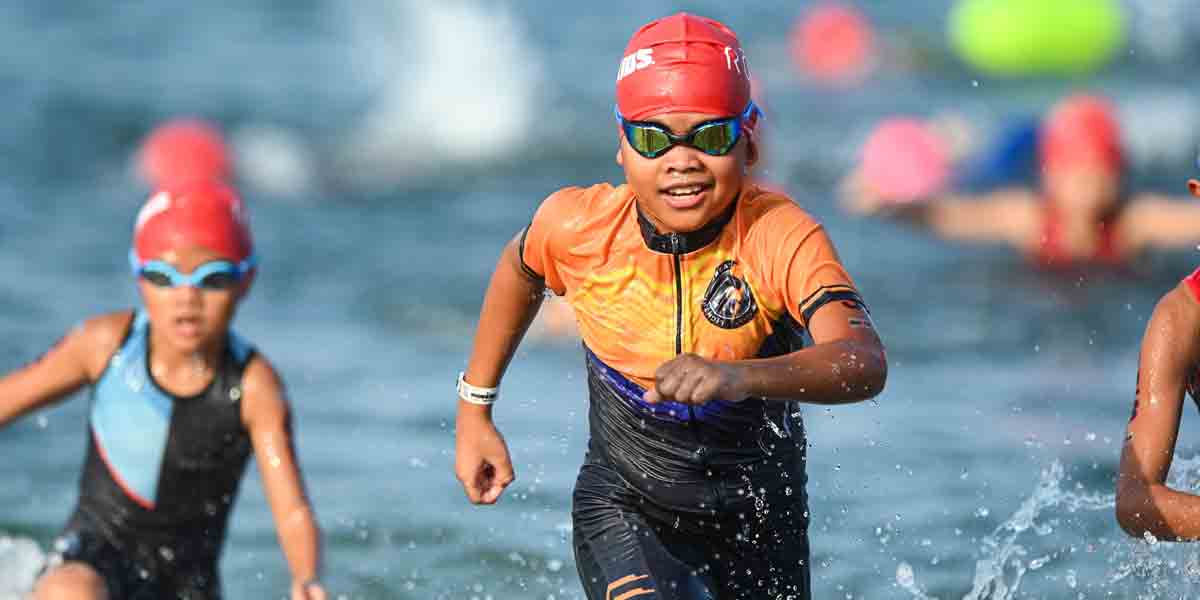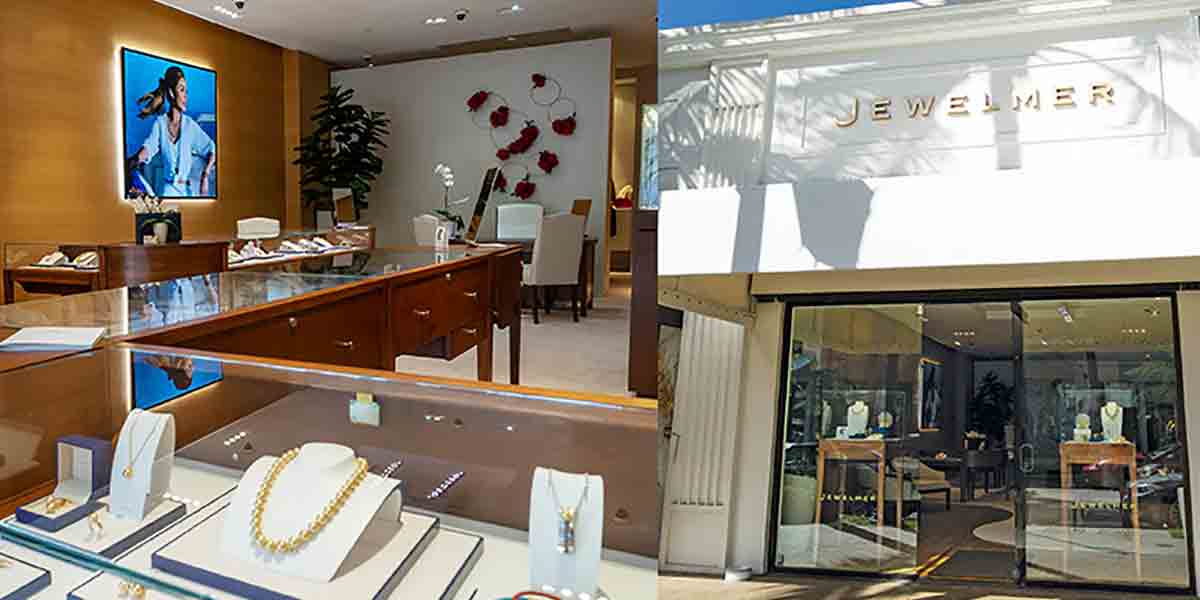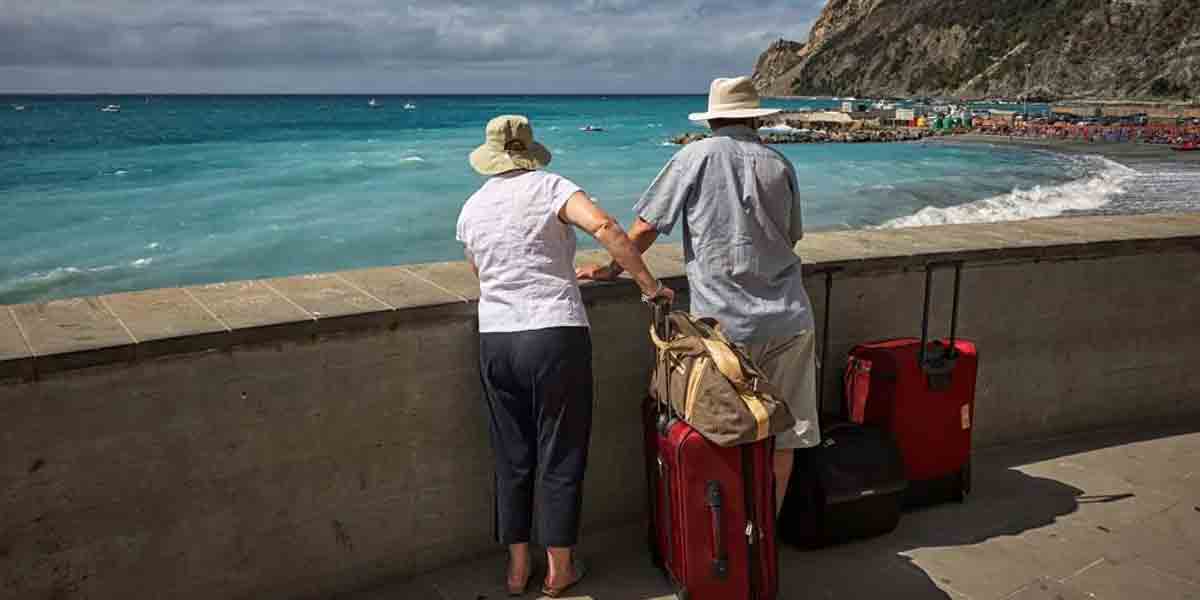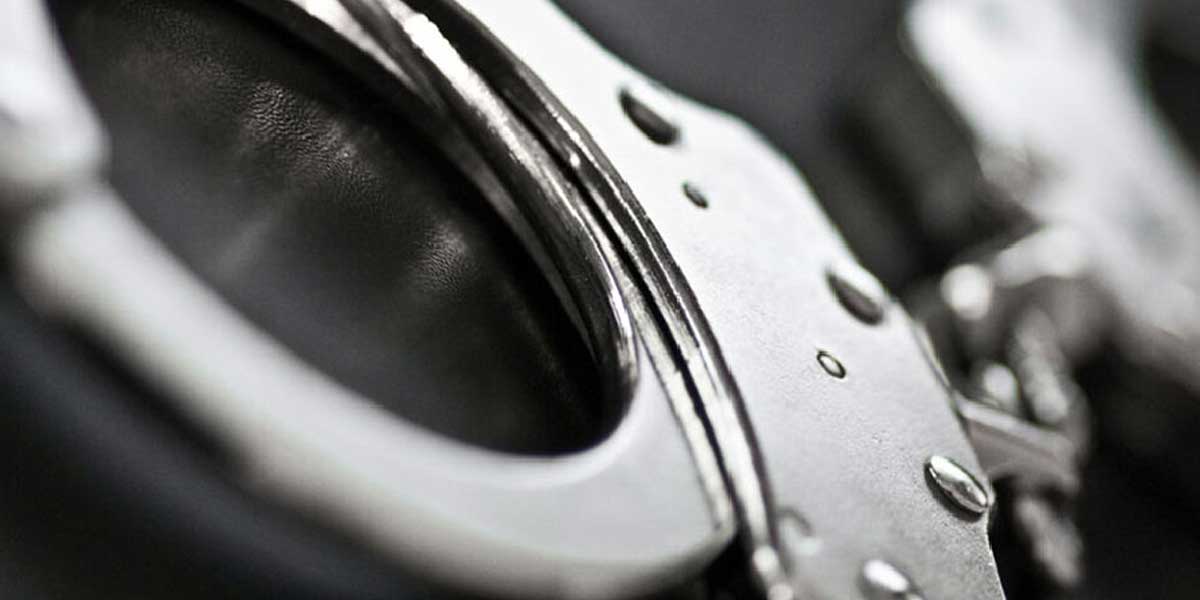By: Neil Abbey
When I first stepped foot onto the fabled white sands of Boracay, it was a different time and place. No heavy-handed politics, no hardcore environmental concerns, none that I could recall anyway. All I remember was Boracay was an unparalleled paradise – a tropical oasis and one of the few truly international destinations in the Philippines that made every Filipino proud.
That was 20 years ago. In the years that followed, Boracay saw an explosion of development. The country’s strong economy led to a construction boom in key money-making locations; Boracay saw new hotels, clubs, and resorts rise. That, and a newly minted working class – young, upwardly mobile Filipinos who not only had cash but a love for travel – turned Boracay into a mecca for vacationers and party-lovers alike.
Establishments encroached on the beachfront; parties extended into the morning. Overcrowding became common. This arguably led to more revelry than relaxation. Litter abuse increased. The waters, due to poor waste management and weakly enforced island policies, soon became infested with dangerous algal blooms, or “green tide”.
With a record high tourist count of 2 million visitors in 2017, would Boracay be able to handle, and survive, all this human activity?
That’s when the government stepped in. Realizing it had to act now to save the island, hard decisions were made to curb development, implement proper waste management, and enforce strict rules, to restore Boracay to its former glory. The island was put on shut down between April 26 to October 26, 2018. The military was called in. Change was about to happen.
Its been six months since Bora reopened. I went to see for myself just how far the beloved island had come.
The ride from where I live (Iloilo) always feels like a treacherous trip up north, passing through three provinces. You never get used to the 6-hour journey. Fortunately, a good book, iPhone, and the company of my wife made the trip easier. It also helped that the new aircon buses have en-suite toilets. No more stopping at local carinderia’s for pee breaks.
We arrived in Caticlan around 3 p.m. The first noticeable change was surprisingly not on Boracay island. The new bus terminal and layout at the Jetty Port in Caticlan brought some much-needed decongestion to what was previously barely controlled chaos. No more 15-minute waits for traffic to move a mere 100 meters before arriving at the Jetty Port – a welcome change for weary travelers.
My entry was easy because I was entering the island as a member of the press. However, if you arrive as a tourist, you’ll need to show a valid hotel booking with an accredited hotel. The general fees and the processes remain the same especially for getting your boat ticket (P25), environmental fee (P100), and terminal fee (P75).
The boat ride across was quick and pleasant. The main Boracay Port ofCagbanis being refurbished so currently, a hugered buoy serves as a temporary pier for boats to latch onto and for passengers to walk on towards the shore.
If you travel across, its always a good idea to get a porter to help carry your bags so you dont accidentally drop them in the water.
Once youre on the other side, youll have to navigate the long queue of parked tricycles, which was slightly annoying because theres no clear path. And yes, tricycles still operate on Boracay. They were supposed to be replaced with E-Trikes (Electronic Tricycles) to reduce air pollution but they didn’t have the torque to climb the muddy hills during roadworks. You win some, you lose some.
When I finally made it to land, I had a good look around. The new roads were fresh, clean and wider which makes things feel nice and expansive. There is still plenty of work that needs to be done but the road improvements are a great step in the right direction.
But very quickly apparent – the biggest and most high-impact change of all – was the 4-kilometer stretch of the white sand beach. It was clean and devoid of all the huts and structures that had gradually built up over the years. It now looks open, breezy, and organic – something Boracay hasnt felt like in a long time.
And the waters! They were translucent, shimmering. I could see little fish swimming around. I’m not sure if this was just a fluke or if the clean-up efforts have had a significant impact on the environment. Nonetheless, it was a very pleasant moment to see the coast in such refreshing condition.
I settled into my hotel room, grabbed a drink, and then went on a tour.
There are noticeable new policies on the island. For example, the Boracay Discipline Zone. No littering, No Smoking, No Sand Poaching, No Eating or Drinking on the Beach, No Pets, No Illegal Tour Guiding, No Vendors, Peddlers, Ambulant Masseurs or Manicurists, No Vehicles on the Beach front, No Flyers, Streamers or Posters. These are Municipal Ordinances that must be observed. Any person in breach of these policies can incur hefty fines and/or imprisonment – which sound heavy, but maybe that’s the kind of warning we need?
Some policies make sense like “No Fire Dancing” (for clear safety reasons) while others are a little bizarre like “No Sand Castle Making. Isn’t that what most kids wants to do on the beach? Not sure what that accomplishes other than make children sad.
I spoke to a few people on the island and got some interesting feedback.
A hotel owner lamented that Boracay has been meticulously dismantled, leaving it an irreparable mess for entrepreneurs who had invested a lot in the island.
A Boracay tourist guide stated that living was difficult during the closure. Even after reopening, income has not been as good as it was, he says. However, he is grateful to still have his job.
Once everyone figures out what is actually going on, the flicker of light at the end of the tunnel will soon shine brighter, he said.
One tourist says the island feels cleaner and fresher since the reopening. However, he misses having romantic dinners on the beach while watching different art performances.
I stayed a few days and thoroughly enjoyed myself. The improvements are tangible and worthwhile. Boracay isn’t perfect and there’s much to do. But they’ve made some incredible changes for the better. It’s still one of the best places to visit anywhere in the world. The white sand beach has always been a major draw and is once again stunning to look at and experience.
Hopefully, when the policies are fully respected and all improvements have bee n made, it’ll be like it was all those years ago – a place of true, natural beauty that stuns, inspires, and continues to make us proud.
n made, it’ll be like it was all those years ago – a place of true, natural beauty that stuns, inspires, and continues to make us proud.






















